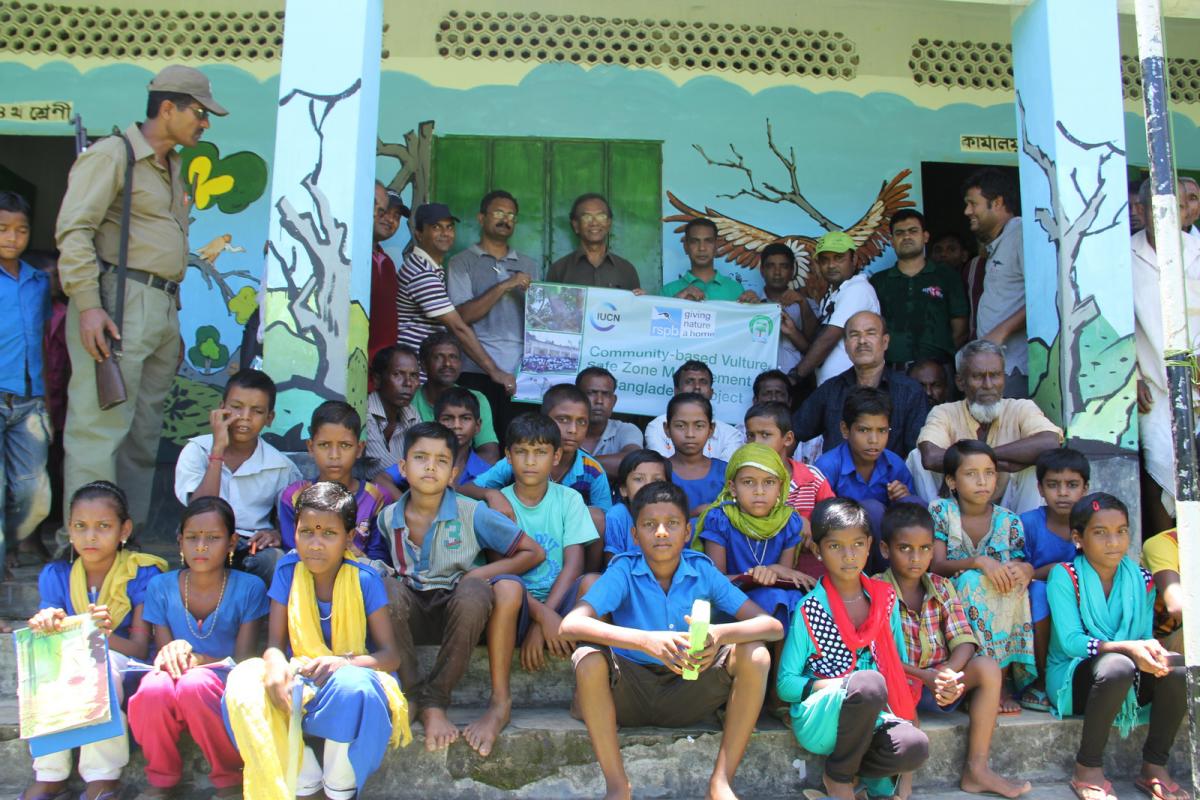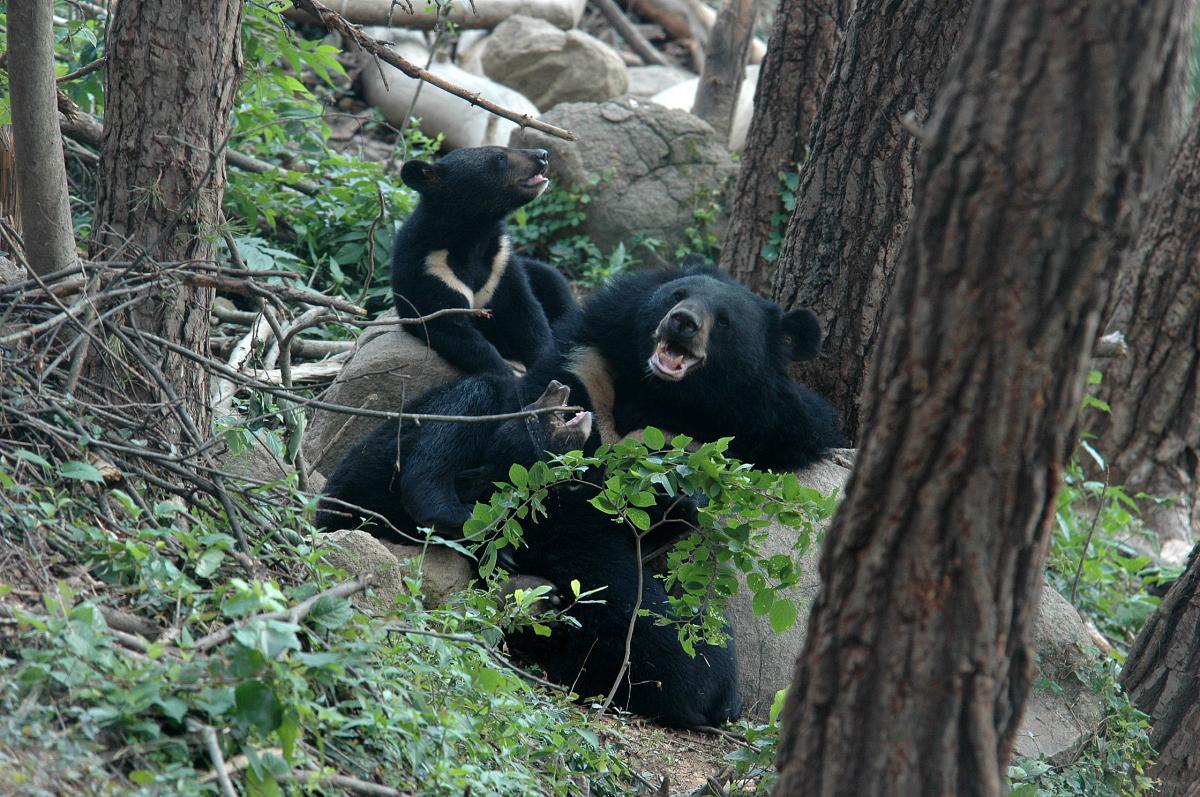Blog: Vulture conservation − Changing our conservation approach for the better
In South Asia, vulture populations have reduced drastically since 1990s due to veterinary use of pain-killers. Highlighting some recent developments in Bangladesh, this article explains how conserving vultures gives us an opportunity to change the way we approach conservation. Such change is possible by balancing economic development and conservation needs whilst changing our policy approach at the same time.

Photo: IUCN / Sakib Ahmed
In the Indian Subcontinent, the death of tens of millions of vultures since the 1990s indicates that our ways are causing the species to decline. Veterinary use of pain-killers, like diclofenac and ketoprofen, in cattle cause kidney failure in vultures. Vultures are not able to process these poisonous chemicals after feeding on dead cows which have earlier been administered these drugs.
Changing attitudes − from national to local
Like any other lower-middle-income country, biodiversity conservation in Bangladesh is in an endless competition with other development priorities. Despite that, between 2010 and 2014, the Government made four pioneering decisions to change its species conservation approach.
In 2010, the Government banned the production, distribution and sale of veterinary diclofenac. In 2013, the Ministry of Environment and Forests established the Bangladesh National Vulture Recovery Committee, a national body for protecting a single species, as a part of a regional commitment.
In 2014, Bangladesh Forest Department and IUCN started working with local people to conserve vultures in two regions bearing the last populations of White-rumped vulture. Later in the year, the Government declared for the first time that these two regions would be vulture safe zones.
Two years on, the Forest Department-IUCN initiative has made some positive changes at the grassroots level. Recently, I was fascinated to hear that the people living around Rema Forest Range in one of the vulture safe zones were talking about how their perception had changed towards the critically endangered vultures over the last couple of years.
Vultures used to be a symbol of bad luck, but now there are vulture graffiti on school walls. People can now see photographs of vultures on the information board at the main crossroad every time they pass by it.
To protect the vultures in a more structured manner, the local leaders of Rema are now organised into a Vulture Conservation Team. This body is officially linked with similar committees at sub-national and national levels completing the governance structure of vulture conservation.
Since last year, the Vulture Conservation Team of Rema have been managing a vulture feeding station to supply additional food to vultures during the breeding season (October−March). This feeding station − the first of its kind in the country − is inspired by the Jatayu (Vulture) Restaurant initiated by the Bird Conservation Nepal (BCN) in Nepal and the vulture restaurant of Preah Vihear Protected Forest established by the Wildlife Conservation Society (WCS) in Cambodia.
The vulture feeding station of Rema regularly receives, through donations by local communities, naturally dead cows which have not been treated with diclofenac or ketoprofen. This is a promising step forward in community-based vulture conservation, since it reduces the station’s burden of having to source for cows.
Creating evidence-informed policy environment
Although other actions, like protecting nesting trees etc., are important to maintaining a healthy vulture population in Bangladesh, the key is to ensure that these birds have access to safe food. Vulture conservation is therefore directly linked with the livestock health and production system of the country.
To make vulture conservation effective in the growing economy of Bangladesh, we need evidence-informed policies. To develop these policies, we need to strengthen the evidence-basis that alternative pain-killers (e.g. meloxicam) are equally effective for cattle, and cost-effective for livestock rearers. We also need to prove that the ban on harmful drugs is working, at least in the vulture safe zones.
We need to show, that conservation measures have positive, measurable impacts on vulture populations; and that the local people are benefiting – economically and non-economically – from vulture conservation.
Evidence of impact then need to be shared among concerned stakeholders, like livestock farmers, veterinarians, researchers, drug manufacturers, policy-makers, and the general public, to improve their understanding of the measures taken to improve vulture conservation.
An evidence-informed, scientific, open, communicative environment can guide us towards pragmatic public policy-making and implementation, thus balancing our economic development and conservation needs. Vulture conservation marks the first step towards changing our approach to conservation for the better.
This blog post was contributed by Haseeb Md. Irfanullah, Programme Coordinator for IUCN Bangladesh. Haseeb tweets as @hmirfanullah



